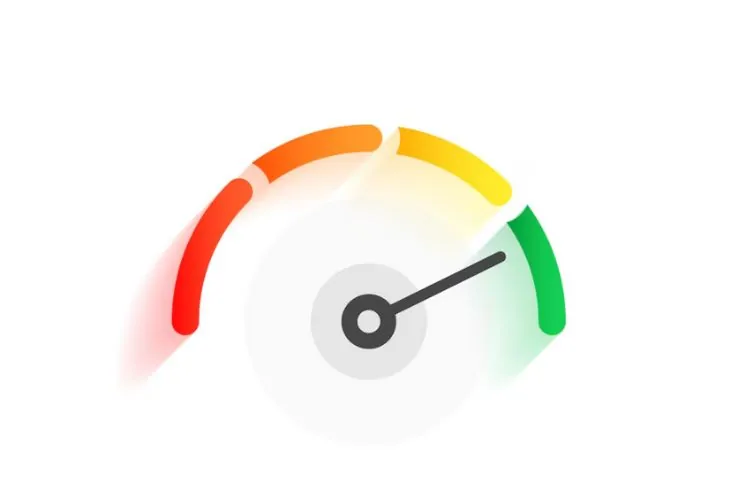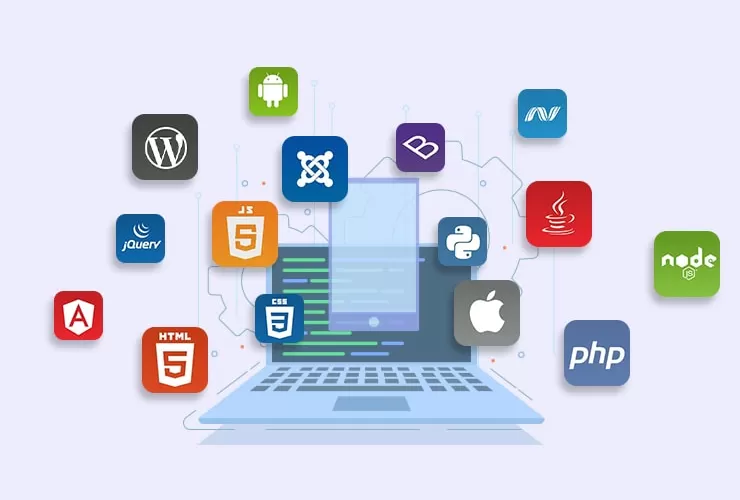In In this article, we’ll discuss some of the most significant performance optimization strategies in React, ranging from avoiding unnecessary renders to taking advantage of lazy loading and optimized component rendering. These best practices will benefit you whether you’re building a small app or guiding a large, enterprise-level app.
1. Avoid Unnecessary Re-Renders
React’s rendering process is optimized, but unnecessary re-renders can still occur when state or props are updated. This is especially an issue with complex applications having deep component hierarchies because unnecessary re-rendering leads to performance issues.
How to Fix It:
- Use React.memo() on Functional Components: This higher-order component memoizes the return value of a functional component so that it won’t re-render unless its props have changed.
- Use shouldComponentUpdate() with Class Components: You can use this lifecycle hook to reduce re-renders by deciding whether a component will or won’t update when prop or state changes.
- Use React DevTools Profiler: Using the tool above allows you to catch components which render too often and better optimize the app’s performance, by addressing exactly what went wrong.
2. Use useMemo() and useCallback() Wisely
React’s useCallback() and useMemo() hooks are wonderful ways of boosting performance through memoization of functions and values. Both hooks spare React unnecessary recalculation and reduce the operations React must carry out each time the component re-renders.
useMemo(): Memoize expensive computations with this hook so that they are updated only when their dependencies change. For instance, if you have a calculation that does not change often, the use of useMemo() prevents it from being recalculated on every render.
useCallback(): This hook ensures that functions, specifically event handlers or callbacks being sent to child components, retain the same reference from one render to the next in order to avoid unnecessary re-renders of child components.
While these hooks can improve performance, it’s not advisable to overdo them. Too much use of useMemo() and useCallback() can even result in slower performance in certain situations. Use them where applicable and only when you are facing performance issues.
3. Split and Lazy Load Components
Lazy loading allows you to delay loading sections of your application until they are really needed. This enhances the initial app loading time, making the application seem faster to users, particularly with large applications.
How to Implement:
Use React.lazy() and Suspense: These native React components enable you to load components only when required, minimizing the initial bundle size and enhancing performance.
Dynamic Imports: Divide your application into smaller pieces with dynamic imports so that only the required code gets loaded when it is needed, further reducing load times.
Lazy loading not only enhances initial loading time but also assists in providing a faster and more efficient user experience, especially in big applications.
4. Optimize Lists with key Props and Virtualization
Rendering large arrays is typical in most applications, but rendering multiple items simultaneously can put a squeeze on performance. It’s wise to optimize how you deal with large arrays to prevent overloading the browser.
How to Optimize:
Use Key Props Properly: Always ensure that every item in a list has a unique key prop. React employs this key to properly identify items that have been added, updated, or removed. This prevents unnecessary re-renders of the entire list when only one item has been updated.
Use Virtualization for Long Lists: Libraries like react-window and react-virtualized can only render visible items in a list, which improves performance greatly when dealing with large sets of data. This approach reduces the number of DOM nodes being rendered, which improves performance and responsiveness.
5. Debounce or Throttle User Input
Spontaneous state changes due to user input, like the typing inside a search input or filtering a list, will be performance-consuming since React will re-render all the inputs. To make this faster, use debouncing or throttling to limit when these updates take place.
Debouncing prevents the calling of the function before the user finished typing after some time, and throttling limits the calls made to the function at set times. Both do minimize state changes and re-renders so that there can be fewer, more timely function calls during heavy user input instances.
6. Optimize Images and Media
Unoptimized media assets, especially large images, can greatly slow down your app. Slow-loading images can impact the page load time and overall user experience.
How to Improve:
Use Next-Gen Image Formats (e.g., WebP): WebP offers better compression without losing image quality, lowering image loading times.
Lazy-Load Images: Lazy-load images so that they are only loaded when they enter the user’s viewport, instead of loading all images during the initial page load.
Serve Appropriately Sized Images: Serve different sizes of images based on the user’s device and screen size using responsive image techniques to avoid unnecessary bandwidth usage.
7. Minimize State in the DOM Tree
The React state is the soul of the behavior of the component. But lifting state too high up in the component tree or unnecessarily using global state management leads to too much re-renders.
How to Improve:
Make your component state as local as possible. Big, centralized state management systems like Redux may be overkill for small apps or state that needs to be local to only a component.
Use React’s Context API for passing data deeply along the component tree, but reserve it for using on state that must be accessed everywhere globally.
Reducing state along the DOM tree decreases unnecessary re-renders, making it better performing since it limits the number of components impacted by state changes.
8. Use the Production Build
React development builds add extra warnings and error-checking that may impact performance. Always deploy your app using the production build to keep the app optimized as much as possible.
Optimizing:
Execute npm run build or yarn build to build a minified, optimized version of your app for deployment. This will eliminate redundant code, optimize your JavaScript files, and provide improved performance.
9. Profile and Monitor Performance
Periodically profile and monitor your app’s performance with tools like React DevTools Profiler and browser performance analysis tools. These will allow you to identify which sections are taking too long to render or which processes are consuming too much.
How to Improve:
Utilize the Profiler in React DevTools to monitor rendering patterns and determine performance bottlenecks.
Test your app’s performance on various conditions and devices to gain a real-world view of how your app performs in different environments.
Conclusion
React provides an excellent suite of tools to help your apps as fast and responsive as they need to be despite growing complexity. With care being taken to expedite re-renders, lazy loading images, optimizing photos, and handling state, your app can function smoothly and serve users a sleek, speedy experience.
Performance optimization is a process in perpetual motion—continuously monitor your app, scan for bottlenecks, and apply these strategies as required. With care to performance, your React apps will scale beautifully and deliver the best user experience.














